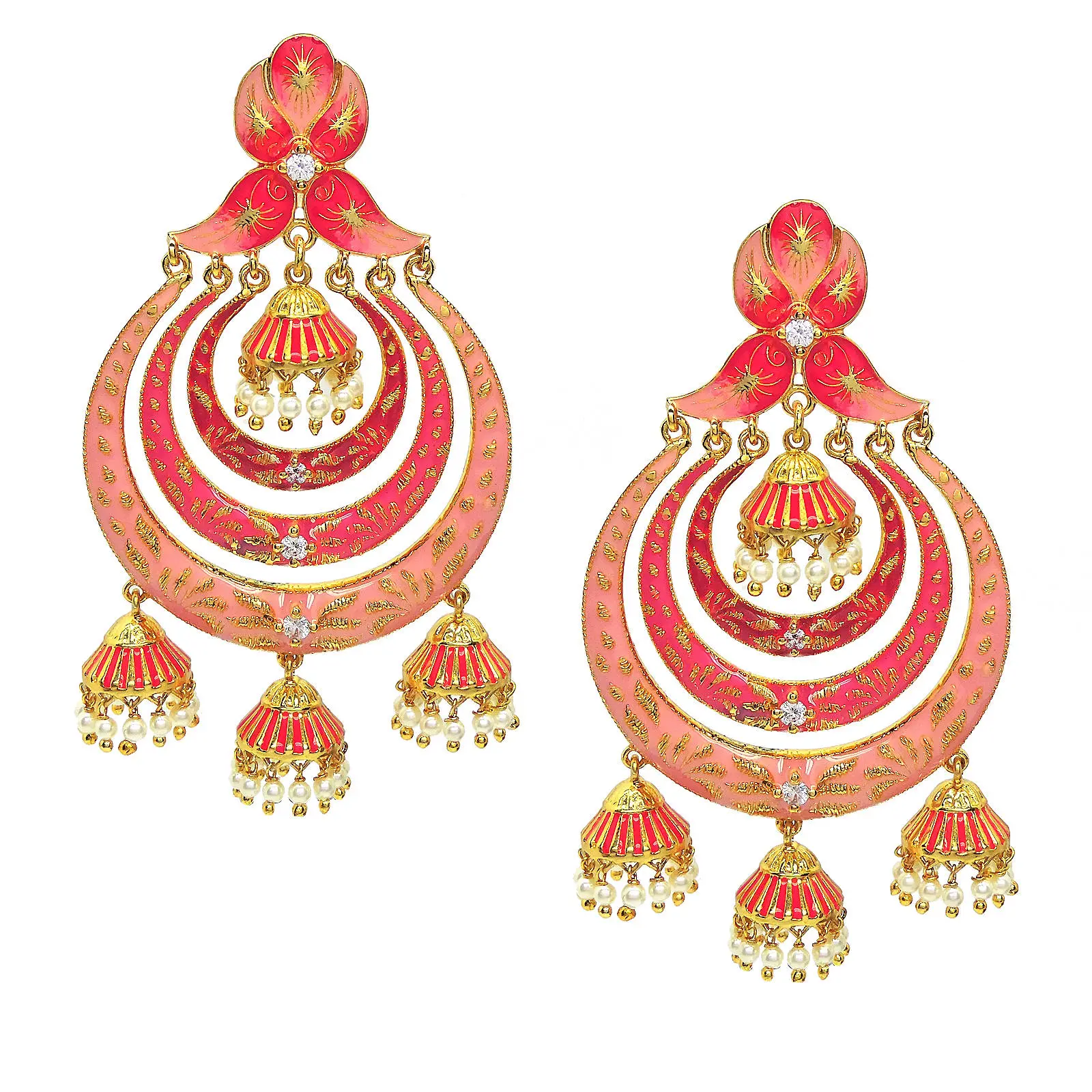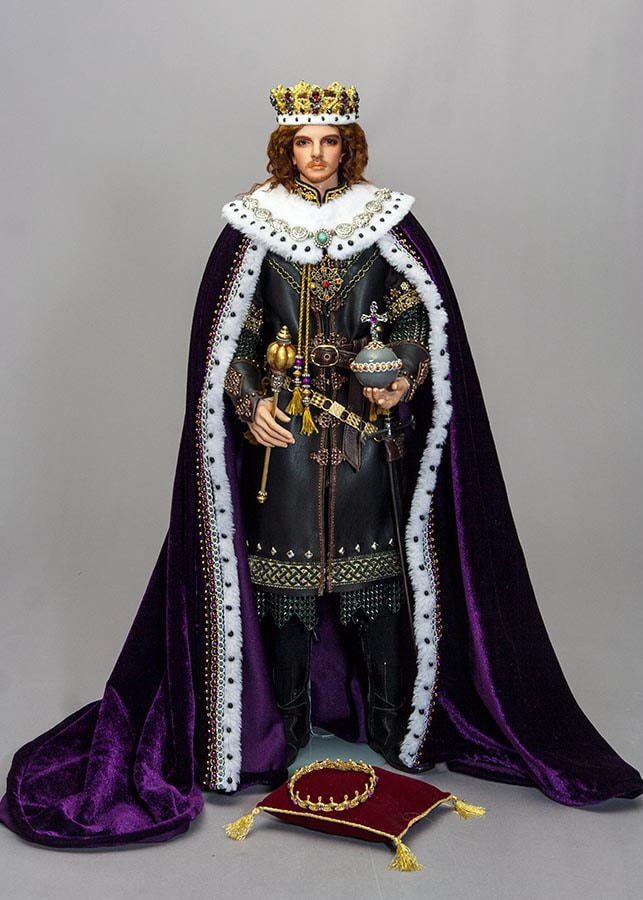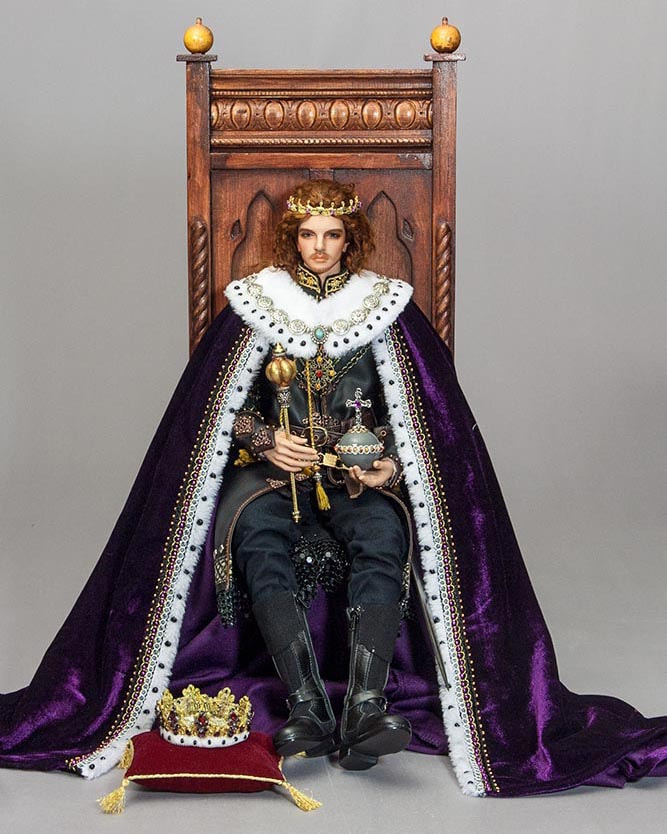Royal Robes: The Ultimate Guide To Elegance And Prestige
When it comes to luxury and sophistication, royal robes have always been a symbol of power, dignity, and refinement. These magnificent garments have a rich history that dates back centuries, and their influence continues to inspire fashion designers and enthusiasts around the world. In this comprehensive guide, we will explore the world of royal robes, uncovering their origins, significance, and the craftsmanship that goes into creating these iconic pieces.
Royal robes are more than just clothing; they represent the essence of royalty and tradition. From ancient civilizations to modern-day monarchies, these garments have played a crucial role in defining the identity of kings, queens, and other noble figures. Understanding the history and cultural significance of royal robes provides insight into the values and customs of different societies throughout history.
In this article, we will delve into the fascinating world of royal robes, covering everything from their historical origins to their modern-day interpretations. Whether you're a history enthusiast, a fashion lover, or simply curious about the world of royalty, this guide will provide you with valuable information and insights that you won't find anywhere else.
Read also:Jude Bellingham Sister Exploring The Life And Influence
Table of Contents
- The History of Royal Robes
- Materials Used in Royal Robes
- Design and Symbolism of Royal Robes
- The Art of Craftsmanship
- Modern Interpretations of Royal Robes
- Royal Robes in Fashion
- Maintenance and Preservation
- Royal Robes in Ceremonial Events
- Famous Royal Robes Throughout History
- Conclusion
The History of Royal Robes
Royal robes have a long and storied history that spans various cultures and civilizations. From the elaborate garments worn by Egyptian pharaohs to the intricate designs favored by European monarchs, these robes have evolved over time to reflect the changing tastes and traditions of each era.
Origins of Royal Robes
The earliest examples of royal robes can be traced back to ancient Egypt, where pharaohs adorned themselves with garments made from fine linen and adorned with gold and precious stones. These robes were not only a symbol of wealth but also a representation of divine authority, as pharaohs were considered gods on earth.
Development Through the Ages
As civilizations developed, so did the design and materials used in royal robes. In medieval Europe, kings and queens wore robes made from luxurious fabrics such as velvet, silk, and brocade, often embroidered with gold thread and adorned with jewels. These garments were designed to convey the wearer's status and power, making a lasting impression on both allies and adversaries.
Materials Used in Royal Robes
The materials used in royal robes are carefully selected to ensure both beauty and durability. These garments are often crafted from the finest fabrics available, with each material chosen for its unique qualities and symbolic significance.
Common Materials
- Silk: Known for its smooth texture and luxurious sheen, silk is one of the most popular materials used in royal robes.
- Velvet: This plush fabric provides a rich, textured appearance that is ideal for formal occasions.
- Brocade: A heavy, ornamental fabric often used for ceremonial robes, brocade features intricate patterns woven into the material.
Sustainable Materials
In recent years, there has been a growing trend toward using sustainable materials in the creation of royal robes. Designers are increasingly turning to eco-friendly fabrics such as organic cotton and recycled silk, ensuring that these garments remain both beautiful and environmentally responsible.
Design and Symbolism of Royal Robes
The design of royal robes is deeply rooted in symbolism, with each element carefully chosen to convey a specific message or meaning. From the colors used to the patterns woven into the fabric, every detail plays a role in telling the story of the wearer's heritage and identity.
Read also:Stephen Watson Actor Obituary Celebrating The Legacy Of A Talented Performer
Colors and Their Meanings
Colors are an integral part of royal robe design, with each hue carrying its own significance. For example, gold represents wealth and power, while purple is often associated with royalty and nobility. Red symbolizes passion and energy, while blue conveys calmness and stability.
Patterns and Embroidery
Patterns and embroidery are used to add visual interest and depth to royal robes. Common motifs include floral designs, geometric shapes, and symbolic imagery such as crowns, lions, and eagles. These elements not only enhance the aesthetic appeal of the garment but also serve to reinforce its symbolic importance.
The Art of Craftsmanship
The creation of royal robes requires a high level of skill and expertise, with artisans dedicating countless hours to perfecting every detail. From selecting the finest materials to executing intricate embroidery, the craftsmanship involved in producing these garments is truly remarkable.
The Role of Artisans
Artisans play a crucial role in the production of royal robes, bringing their expertise and creativity to every stage of the process. These skilled craftspeople are responsible for everything from designing the garment to executing the final touches, ensuring that each robe is a masterpiece in its own right.
Modern Techniques
While traditional techniques remain an important part of the process, modern technology has also played a role in advancing the art of royal robe creation. Computer-aided design (CAD) software allows designers to experiment with new patterns and styles, while digital embroidery machines enable faster and more precise execution of intricate designs.
Modern Interpretations of Royal Robes
In today's world, royal robes continue to inspire designers and fashion enthusiasts alike. Modern interpretations of these classic garments often blend traditional elements with contemporary styles, resulting in pieces that are both timeless and innovative.
Fusion of Tradition and Innovation
Designers are increasingly experimenting with new materials and techniques to create royal robes that reflect the values and aesthetics of the modern era. This fusion of tradition and innovation ensures that these garments remain relevant and inspiring for future generations.
Sustainability in Fashion
Sustainability has become a key consideration in the design of modern royal robes, with many designers prioritizing eco-friendly materials and ethical production practices. This commitment to sustainability reflects a growing awareness of the environmental impact of the fashion industry and a desire to create garments that are both beautiful and responsible.
Royal Robes in Fashion
Royal robes have had a significant influence on the world of fashion, inspiring designers and influencing trends across the globe. From haute couture to high street fashion, elements of royal robe design can be seen in countless collections and garments.
Inspiration for Designers
Designers often draw inspiration from the opulence and elegance of royal robes, incorporating elements such as rich fabrics, intricate embroidery, and bold colors into their collections. This influence can be seen in everything from evening gowns to wedding dresses, demonstrating the enduring appeal of these iconic garments.
Impact on Trends
The influence of royal robes extends beyond the runway, shaping trends in both formal and everyday fashion. Elements such as luxurious fabrics, elaborate patterns, and symbolic motifs continue to inspire designers and consumers alike, ensuring that the legacy of royal robes lives on.
Maintenance and Preservation
Proper maintenance and preservation are essential to ensuring the longevity of royal robes. These garments require special care to protect their delicate materials and intricate designs, making it important to follow specific guidelines for cleaning and storage.
Cleaning Techniques
Cleaning royal robes requires a gentle touch and specialized techniques to avoid damaging the delicate fabrics and embellishments. Professional dry cleaning is often recommended, with experts using methods that are specifically designed to preserve the garment's integrity.
Storage Solutions
When not in use, royal robes should be stored in a cool, dry place, away from direct sunlight and moisture. Acid-free tissue paper can be used to cushion the garment, while acid-free boxes or garment bags provide additional protection. Proper storage ensures that these valuable pieces remain in excellent condition for years to come.
Royal Robes in Ceremonial Events
Royal robes play a vital role in ceremonial events, where they serve as a visual representation of the wearer's status and authority. From coronations to state visits, these garments are an integral part of the pageantry and spectacle that defines royal occasions.
Coronations and Investitures
During coronations and investitures, royal robes are worn to symbolize the solemnity and importance of the occasion. These garments are often adorned with symbols of power and authority, such as crowns, scepters, and other regalia, reinforcing the wearer's role as a leader and figurehead.
State Visits and Diplomatic Events
Royal robes are also worn during state visits and diplomatic events, where they serve as a symbol of goodwill and cooperation between nations. These garments are carefully chosen to reflect the cultural traditions and values of the wearer's country, making a lasting impression on both hosts and guests.
Famous Royal Robes Throughout History
Throughout history, there have been many famous royal robes that have left an indelible mark on the world of fashion and culture. These garments are celebrated for their beauty, craftsmanship, and historical significance, ensuring that they remain timeless icons of royal elegance.
The Robe of Napoleon Bonaparte
One of the most famous royal robes in history is the coronation robe of Napoleon Bonaparte, which features intricate gold embroidery and a design inspired by Roman imperial motifs. This garment is a testament to Napoleon's ambition and vision, as well as his desire to create a new era of European power and prestige.
The Robe of Queen Elizabeth II
Another iconic royal robe is the coronation gown of Queen Elizabeth II, which features a design inspired by the British flag and is adorned with pearls, crystals, and other precious stones. This garment is a symbol of the Queen's enduring legacy and her commitment to duty and service.
Conclusion
Royal robes are a testament to the artistry, craftsmanship, and cultural significance of fashion throughout history. From their origins in ancient civilizations to their modern-day interpretations, these garments continue to inspire and captivate audiences around the world. By understanding the history, design, and symbolism of royal robes, we gain a deeper appreciation for the role they play in shaping the identity and values of royalty and society as a whole.
We invite you to share your thoughts and experiences in the comments below, and encourage you to explore other articles on our site for more insights into the fascinating world of fashion and history. Together, let's celebrate the beauty and elegance of royal robes and the traditions they represent.


